Description
The Petzl Tikka Core is a compact, rechargeable headlamp that offers red lighting and an impressive 450 lumens of brightness. Perfect for nighttime outdoor activities like hiking, camping or traveling, this headlamp is easy to use with a single button and can be conveniently stored in a pocket or backpack. Its integrated phosphorescent reflector makes it easy to locate in the dark, while the red lighting ensures you won’t blind those around you. The included CORE rechargeable battery can also be switched out for 3 standard batteries, thanks to the HYBRID CONCEPT design.
Features
- Compact and lightweight design: weighs only 84 g
- Comfortable and consistent proximity lighting:
- It offers a broad, even beam that ensures close-up surroundings or footing are clearly visible.
- It features three white lighting modes: MAX BURN TIME, STANDARD (offering a balanced blend of brightness and battery life), and MAX POWER.
- It includes a continuous red light mode to maintain night vision without dazzling others, alongside a strobe mode ideal for signalling location, particularly in emergencies.
- Effortless operation:
- A single button enables quick and intuitive switching between light intensities or colours.
- The integrated plate makes it easy to tilt the lamp upwards or downwards.
- A battery charge indicator displays the power level whenever the lamp is turned on or off.
- It recharges conveniently through a micro USB type B port.
- Environmentally considerate:
- Over its lifetime, one CORE rechargeable battery replaces approximately 900 disposable batteries.
- A glow-in-the-dark reflector makes it easier to find the lamp in darkness.
- The LOCK function prevents accidental activation during transport or storage.
- The headband is detachable and washable, with a symmetrical design that allows for easy adjustment.
- A reflective headband increases visibility in low-light conditions.
- It comes with a storage pouch that doubles as a lantern when needed.
- The HYBRID CONCEPT design means the TIKKA CORE is supplied with a CORE rechargeable battery but can also operate using three AAA/LR03 batteries (not included); the lamp automatically recognises the power source and adapts performance accordingly.
- It is compatible with the HELMET ADAPT and BIKE ADAPT 2 mounts, allowing secure attachment to various helmet styles or a bicycle.
(1) WARNING: This lamp is not certified for use on public roads. In areas governed by traffic regulations, Petzl lights are not intended to replace legally required standardised lighting.
Specifications
| Brightness | 450 lumens (ANSI/PLATO FL 1) |
| Weight | 84 g |
| Beam pattern | Wide |
| Energy | 1250 mAh CORE rechargeable battery (included) |
| Charging time | 3.5 h |
| Battery compatibility | Alkaline, lithium, or Ni-MH rechargeable |
| Certification(s) | CE |
| Watertightness | IPX4 (weather-resistant) |
| Inner Pack Count | 1 |
Lighting Performance
Lighting performance with rechargeable CORE rechargeable battery
| Lighting performance as defined by the ANSI/PLATO FL 1 protocol | |||||
| Lighting Color | Lighting Levels | Brightness | Distance | Burn Time | Reserve Lighting |
| White | MAX BURN TIME | 7 lm | 10 m | 110 h | – |
| STANDARD | 100 lm | 45 m | 7 h | 2 h | |
| MAX POWER | 450 lm | 75 m | 2 h | ||
| Red | Continuous | 2 lm | 5 m | 60 h | – |
| Strobe | Visible at 700 m for 400 h |
Lighting performance with 3 AAA / LR03 batteries
| Lighting performance as defined by the ANSI/PLATO FL 1 protocol | |||||
| Lighting Color | Lighting Levels | Brightness | Distance | Burn Time | Reserve Lighting |
| White | MAX BURN TIME | 7 lm | 10 m | 110 h | – |
| STANDARD | 100 lm | 45 m | 12 h | 20 h | |
| MAX POWER | 350 lm | 70 m | 2 h | ||
| Red | Continuous | 2 lm | 5 m | 60 h | – |
| Strobe | Visible at 700 m for 400 h | – |
Technology
Technical Notice
- Download the PDF : technical-notice-TIKKA-TIKKA-CORE-1 – 1.92 MB
- Download the PDF : technical-information-ANSI – 0.07 MB
- Download the PDF : HEADLAMPS – ACCESSORY COMPATIBILITY – 0.55 MB
Declaration Of Conformity
- Download the PDF : UE-Declaration-E061AAXX&E067AAXX-TIKKA-TIKKA-CORE – 0.67 MB
Tips for maintaining your equipment
- Download the PDF – 2.04 MB
Video
Technical Content
HOW IS LIGHTING PERFORMANCE MEASURED WITH THE ANSI/PLATO FL1 PROTOCOL?
|
WARNINGS
|
ANSI/PLATO FL1 |
|
Brightness (lumens) This measurement is taken between 30 and 120 seconds after the headlamp is turned on. It indicates the maximum light output, when the lamp is first turned on, using new batteries. |
|
|
Lighting distance (meters) This is the maximum distance between the lamp and the location where only 0.25 lux of illumination remains. The measurement is taken when the lamp is turned on, using new batteries. Lighting distance depends directly on brightness, but mainly on the shape of the beam. |
|
|
Burn time (hours) This corresponds to the length of time during which lighting is optimal. It is measured 30 seconds after the lamp is turned on and for as long as the lamp takes to drop to 10 % of maximum light output. |
|
Reserve lighting (outside the scope of ANSI/PLATO FL1) In addition to these measures, Petzl guarantees reserve lighting. Reserve lighting provides enough light for walking. However, the light may not be sufficient for fast-paced activities (such as running, mountain biking, skiing…). |
Example of a light output curve for a STANDARD LIGHTING headlamp.
INFORMATION ON LED LIGHTING
As a headlamp manufacturer concerned for the safety of its customers, Petzl has chosen to present information in its product instructions about the risks to the eyes associated with LED lighting. For this, the company uses the EN 62471: 2008 standard, photobiological safety of lamps and devices using lamps, though it is not mandatory. This standard classifies lamps according to risk groups.
Led Lighting And Blue Light
Most of today’s headlamps are made with LEDs (Light Emitting Diodes). Currently, the most profitable way to make white LEDs is to combine a blue-wavelength diode with a yellow luminophore.
As seen in the diagram below, LEDs emit primarily blue light (wavelength 450-495 nm).
Emission spectrum of a Petzl headlamp
In case of direct, repeated exposure at high power, blue light can harm the eyes: retinal damage, aggravation of macular degeneration, blinding. These risks are especially significant for children because of their higher sensitivity to blue light.
This is why as a headlamp manufacturer, Petzl has a duty to inform its customers of the existence of these risks, even if they are minimal for normal use of Petzl headlamps.
Risk Groups
The EN 62471: 2008 standard on the photobiological safety of lamps provides a methodology for measuring and classifying the risks due to blue light emission.
The risk groups are as follows:
- Risk group 0: no risk.
- Risk group 1: low risk. The product presents no risk related to exposure limits under normal usage conditions.
- Risk group 2: moderate risk. The reflex to look away from the lamp suffices to reduce the risk.
- Risk group 3: high risk. The product can present a risk even with a momentary or short exposure.
Depending on the risk group. the manufacturer must make a label and/or a specific informational notice.
It is important to underline that the risk level is partly related to the distance between the light source and the eye. Thus, moving away from the light source reduces the risk level. The risk level is also related to the duration of exposure.
Brightness and beam shape are other factors influencing the risk level. Note that Petzl determines the risk level of its lamps by testing the worst-case scenario: a focused beam at maximum brightness.
Moreover, the risk group is currently evaluated at 20 cm from the lamp, which is relatively close compared to a common accidental exposure.
How Does Petzl Communicate In Its Instructions?
Here is an example of an informational insert on photobiological risk given in the Instructions for Use for Petzl headlamps:
Petzl communicates about the maximum risk associated with its lamps, specifying the distances at which this risk level is reduced. For this example, the lamp is classified in risk group 2. The lamp moves to risk group 1 when it is at a distance of 1.3 m from the user’s eyes.
You should know that most headlamps currently on the market are classified in a risk group greater than or equal to 1. However, few manufacturers communicate about this risk.
Recommendations
Regardless of a lamp’s risk level, we recommend:
- Never look directly at a lit headlamp
- Avoid aiming a headlamp beam into another person’s eyes
- Do not leave a child alone with a headlamp, as children’s eyes are especially sensitive to blue light
For more information, see the ANSES report: Health effects of lighting systems using light-emitting diodes (LEDs).
HYBRID CONCEPT: THE CHOICE OF STANDARD BATTERIES OR CORE RECHARGEABLE BATTERY FOR YOUR HEADLAMP
The HYBRID CONCEPT construction allows Petzl HYBRID headlamps to run on either the CORE rechargeable battery or three AAA/LR03 batteries, without an adapter. A practical and flexible solution that allows the user to take advantage of each of these energy sources, depending on use.
To help you choose between standard batteries or CORE battery, here are the different impacts of using one or the other energy source on the operation of your lamp:
Brightness
When you turn on the lamp, the brightness is about the same with standard batteries or the CORE battery. The brightness difference at switch-on is around maximum 10 %.
However, there is a performance difference when the lamp is in use:
| With the CORE battery, brightness generally stays constant over the entire rated burn time. | |
|
With standard batteries, brightness gradually decreases as the batteries are drained. |
| Note that depending on the battery brands used, performance may differ from Petzls rated specifications. This is due to variance in battery quality. For your information, our performance measurements are taken with new batteries (DURACELL) in accordance with the PLATO / ANSI FL 1 standard. |
Burn Time
The rated burn time for the CORE rechargeable battery is less than with standard batteries due to a different discharge mode.
Self-Discharge
Self-discharge is very low for the CORE rechargeable battery; it is negligible for a standard battery.
|
For long-term storage, be sure to store your battery in a cool, dry place, away from exposure to heat (less than 25 C). Remove standard batteries or CORE battery from your lamp. Be sure to recharge your CORE battery regularly (about every 6 months). Check the expiration date on your batteries. |
Usage in cold conditions
Standard batteries, like the CORE rechargeable battery, are sensitive to cold below 0 C. Between 0 and -20 C, burn time can be reduced by up to 50 %.
|
Whether using standard or rechargeable batteries, at less than 0 C we recommend keeping the lamp warm when not in use, for example in a pocket. |
WATERTIGHTNESS AND IP RATING
A Headlamp’s Watertightness is Ensured by its IP Rating
This rating classifies the level of protection offered by equipment against ingress by solids (e.g. dust) and liquids (e.g. water, oil).
Two Standards Govern the IP Rating
The IEC 60529 standard involves all electronic products, including headlamps. It defines the levels of protection against solids and liquids and describes the tests to be done depending on the product’s IP rating.
The IP rating consists of two digits:
- The first digit indicates protection against solids.
- The second digit indicates protection against liquids. More commonly called watertightness.
| Rating |
1st digit (tens) Protection against solids |
2nd digit (ones) Protection against water ingress with harmful effects |
| 0 |
No protection |
No protection |
| 1 |
Protection against solids greater than 50 mm in diameter |
Protection against vertically falling water drops |
| 2 |
Protection against solids greater than 12.5 mm in diameter |
Protection against water drops (15 from vertical) |
| 3 |
Protection against solids greater than 2.5 mm in diameter |
Rain |
| 4 |
Protection against solids greater than 1.0 mm in diameter |
Protection against spraying water |


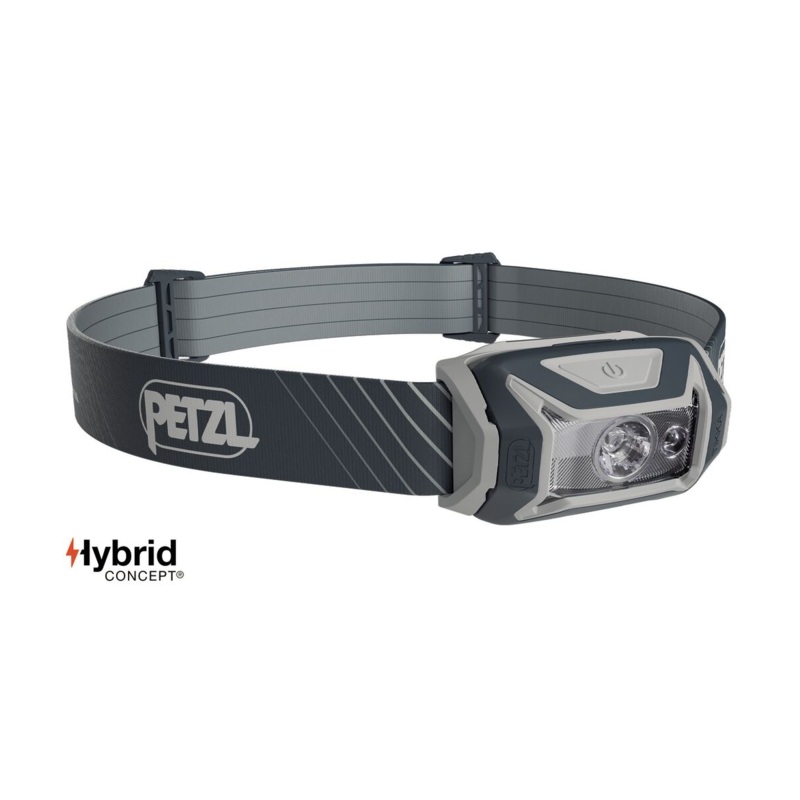
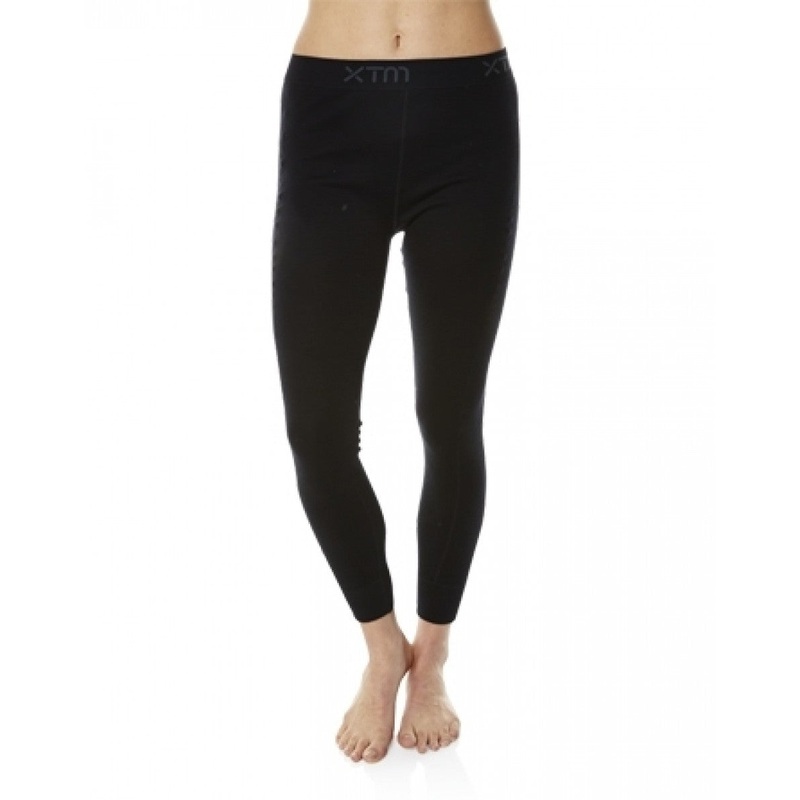
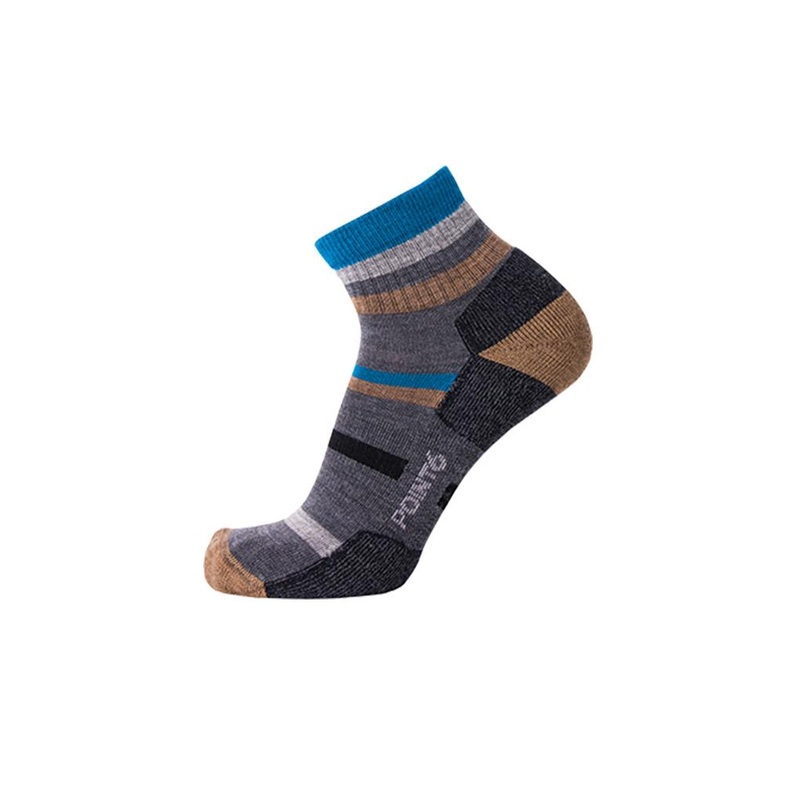
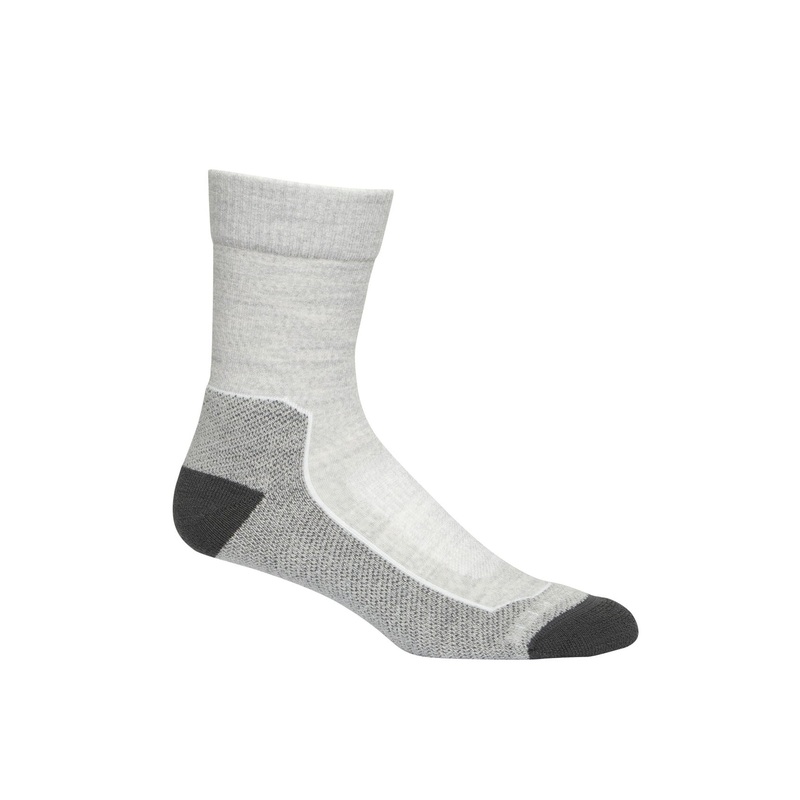
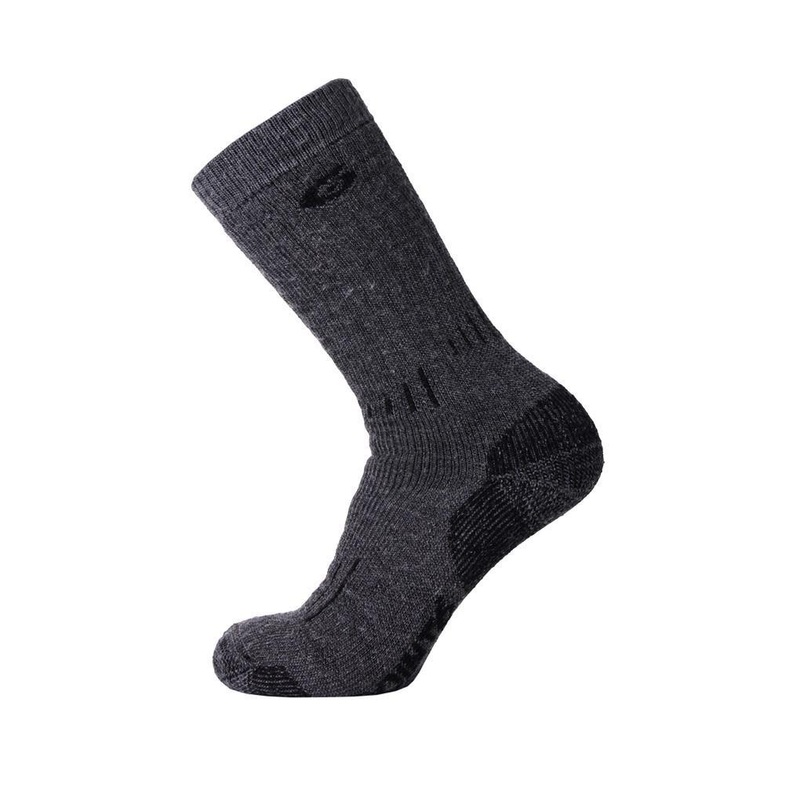
Reviews
There are no reviews yet.